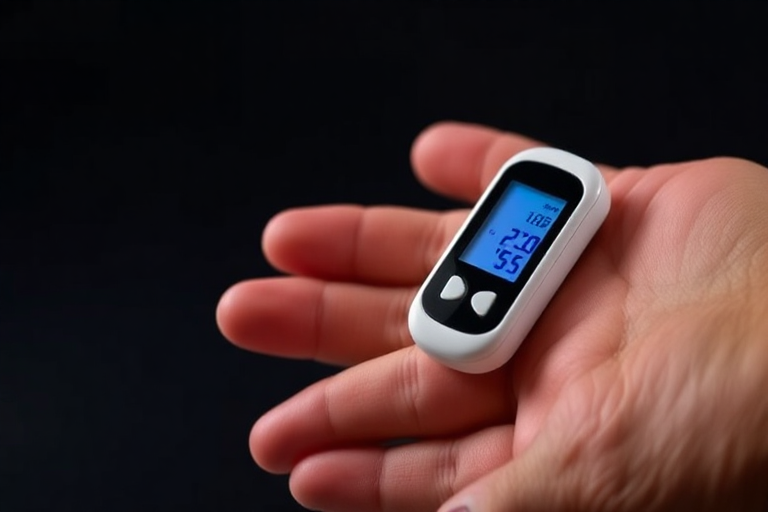Maintaining optimal blood sugar levels is crucial for overall health, especially for individuals with diabetes or those at risk of developing the condition. Blood sugar, or glucose, is the primary source of energy for the body’s cells, and its regulation is essential for preventing complications such as nerve damage, kidney disease, and cardiovascular issues. In this article, we will delve into the importance of blood sugar health and explore how glucose monitoring devices can play a pivotal role in managing it effectively.
Blood sugar levels fluctuate throughout the day, influenced by factors such as diet, physical activity, stress, and medication. For individuals with diabetes, these fluctuations can be more pronounced and harder to manage. Consistently high blood sugar levels, known as hyperglycemia, can lead to serious health complications over time. Conversely, low blood sugar levels, or hypoglycemia, can cause immediate symptoms like dizziness, confusion, and even loss of consciousness. Therefore, maintaining blood sugar within a healthy range is vital.
One of the most effective ways to monitor blood sugar levels is through the use of glucose monitoring devices. These devices come in various forms, including traditional blood glucose meters, continuous glucose monitors (CGMs), and flash glucose monitoring systems. Each type has its own set of advantages and is suited to different needs and lifestyles.
Traditional blood glucose meters require a small blood sample, usually obtained by pricking the finger with a lancet. The blood is then placed on a test strip, which is inserted into the meter to provide a glucose reading. These meters are widely used due to their affordability and ease of use. However, they only provide a snapshot of blood sugar levels at the time of testing, which may not be sufficient for those who need more frequent monitoring.
Continuous glucose monitors (CGMs) offer a more comprehensive approach by providing real-time glucose readings throughout the day and night. A small sensor is inserted under the skin, typically on the abdomen or arm, and measures glucose levels in the interstitial fluid. The data is transmitted to a receiver or smartphone app, allowing users to track trends and receive alerts for high or low glucose levels. CGMs are particularly beneficial for individuals with type 1 diabetes or those who require intensive insulin therapy.
Flash glucose monitoring systems, such as the FreeStyle Libre, are another innovative option. These systems use a sensor worn on the back of the arm to measure glucose levels. Unlike CGMs, they do not provide real-time data but allow users to scan the sensor with a reader or smartphone to obtain glucose readings. This method is less invasive and can be more convenient for some users.
In addition to using glucose monitoring devices, lifestyle changes can significantly impact blood sugar health. A balanced diet rich in whole grains, lean proteins, healthy fats, and plenty of fruits and vegetables can help stabilize blood sugar levels. Regular physical activity is also essential, as it improves insulin sensitivity and helps the body use glucose more effectively. Stress management techniques, such as mindfulness and meditation, can further support blood sugar regulation by reducing the impact of stress hormones on glucose levels.
Medication adherence is another critical factor in managing blood sugar health. For individuals with diabetes, taking prescribed medications as directed by a healthcare provider is essential for maintaining stable glucose levels. It is also important to regularly consult with a healthcare professional to adjust treatment plans as needed.
In conclusion, maintaining healthy blood sugar levels is a multifaceted process that involves regular monitoring, lifestyle modifications, and medical management. Glucose monitoring devices, whether traditional meters, CGMs, or flash systems, are invaluable tools in this endeavor. By staying informed and proactive, individuals can take control of their blood sugar health and reduce the risk of complications associated with diabetes.
